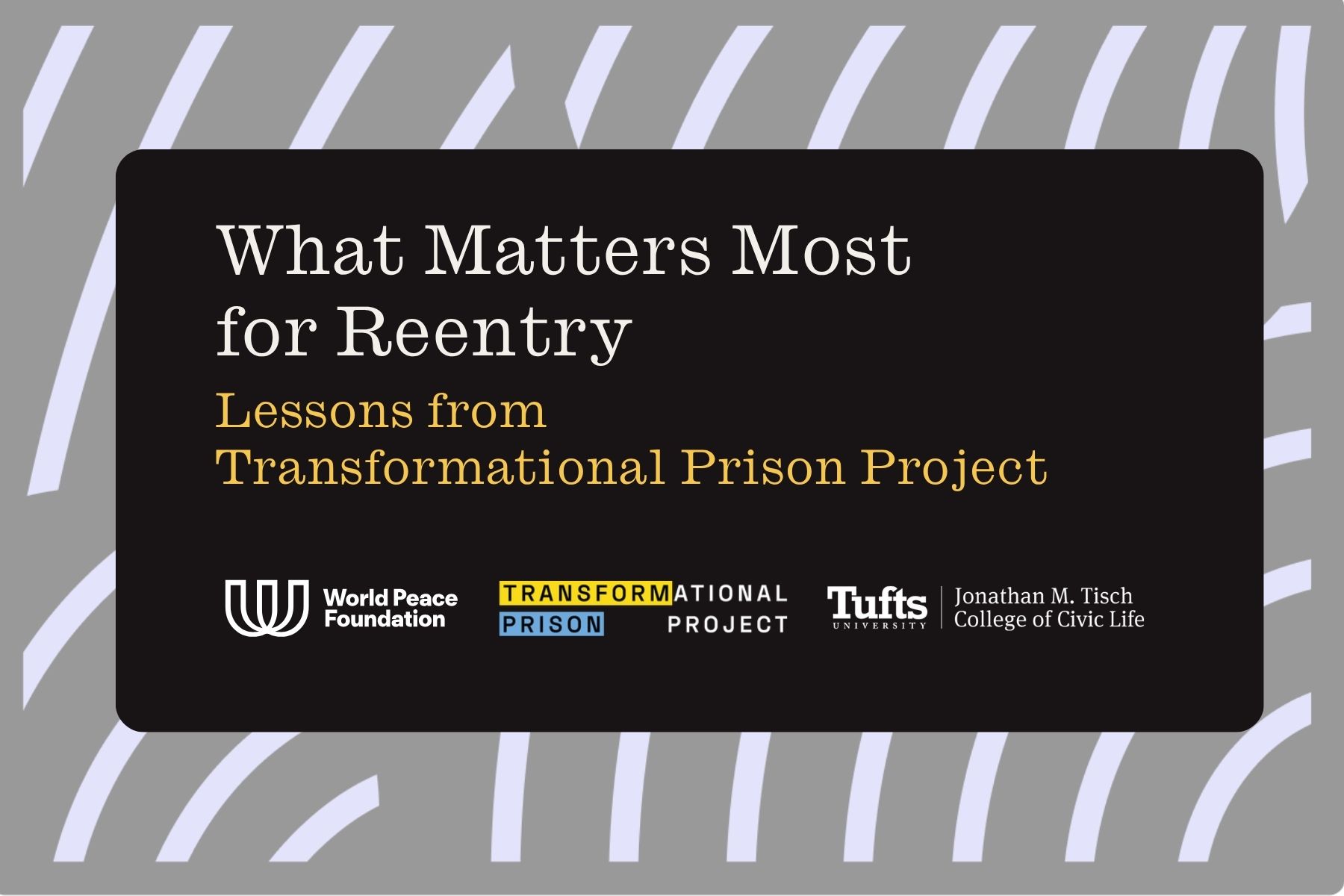In 2018, when Massachusetts passed comprehensive criminal justice reform, its state system had 16 prisons, including several that operated with both medium and minimum facilities. Today, three of these prisons have closed or will close: South Middlesex Correctional Center (closed in 2021), MCI-Cedar Junction (formerly MCI-Walpole, closed in 2023), and – as was announced yesterday – MCI-Concord, which will close in five months (June 2024). Additionally, there are previously announced plans to close the women’s prison (MCI-Framingham) and build a highly contested new one.
Prison closures are good news, but even as we celebrate the closing down of these violent institutions, four issues require attention.
First, as noted in a report released earlier this week, “Criminal Justice Reform in Massachusetts: a Five Year Progress Assessment” (by Ben Forman, Elise Rapoza, Peter Ciurczak, and Luc Shuster), the state has not made public a comprehensive “correctional facilities master plan” (5) to address how it will respond to these lower numbers. It is also not clear what will be done with the hulking, barbed wire rimmed shells of these now empty sites. The recent prison closures, indicate that there is a de facto plan. It is being implemented without public discussion. This lack of transparency is problematic as it prevents the public from being able to provide feedback on the master plan, suggest alternatives, and/or collaborate on effective evaluation measures. Additionally, the public is unable to see how the state is managing those who are incarcerated, especially as it relates to the standards that have been developed as part of the criminal justice reform.
Second, again, as detailed in the report, the closures are tied to the state’s declining population of incarcerated people. Over the past decade, as the report authors continue, Massachusetts experienced declines in the population of incarcerated people, its incarceration rate is “45 percent below 2012 levels” (12). The decline had begun before 2018 and accelerated following the 2018 Criminal Justice Reform Act. The declines, however, have increased racial disparities within the incarcerated population, as the rate decreased more sharply for white (40% decline) than for Latino (32% decline), and Black (21%) people (12). Responding to the racism within the system requires thinking within the walls, and far beyond them to proactively engage with the core challenges that are feeding the disparities. Data is helpful – but as Arnie Stewart (Deputy Chief Counsel, Public Defender Division, Committee for Public Counsel Services), stated during a panel announcing the report, no more data is needed to document racial disparities. They are hard-wired into U.S. mass incarceration.
Third, while closing a prison is positive, it also means profound disruptions in the lives of people who have lived within their walls, sometimes for decades. The processes that determine who will be moved, when and where need to take individual lives into account. To this end, as MCI-Concord starts preparing for its closure in only months, we have a suggestion for how to manage the transition. In the first instance, don’t move the population, let them leave. At the bare minimum, expedite parole plans for everyone at MCI-Concord who is eligible, notably those who are newly eligible because of the January 11, 2024 decision by the Supreme Judicial Court (the state’s highest court) that ruled it unconstitutional to sentence people to life without parole if they were convicted of crimes committed when they were “emerging adults,” that is, 21 or younger.
Fourth, is what should the state do with savings that arise from closing prisons? A statement from Senator Jamie Eldridge, Senate chair of Criminal Justice Reform, on the closure on MCI-Concord, points out that the closure of MCI-Cedar Junction (Walpole) saved the state approximately $15 million a year – and MCI-Concord will likely save the same amount of money. The average annual cost per prisoner in fiscal year 2022 was $127,736. Releasing individuals who are incarcerated at MCI-Concord is not only the moral thing to do, it is also the most financially sound.
Senator Eldridge further stated savings should be used for the “purposes of ‘justice reinvestment,” investing taxpayer dollars in education programming and re-entry services for incarcerated people and returning citizens, and in communities across Massachusetts that have been unjustly targeted by mass incarceration and the War on Drugs.” Organizations that do this work are already in place. Many of them are under–resourced and led by formerly incarcerated people, such as Transformational Prison Project, Families for Justice as Healing, the National Council for Incarcerated and Formerly Incarcerated Women and Girls, Justice 4 Housing, New Beginnings Re-entry Services, and more.
As Massachusetts embarks on prison closures, these four issues need to be addressed.
The state must correct their lack of transparency on the master plan and commit to addressing the factors that push people into the criminal justice system, creating greater racial disparities. And as prisons close, it should prioritize decarceration and investing in justice-oriented organizations. The way in which it proceeds with closing MCI-Concord could set an example. With only five months left, state leaders have their work cut out for them.



